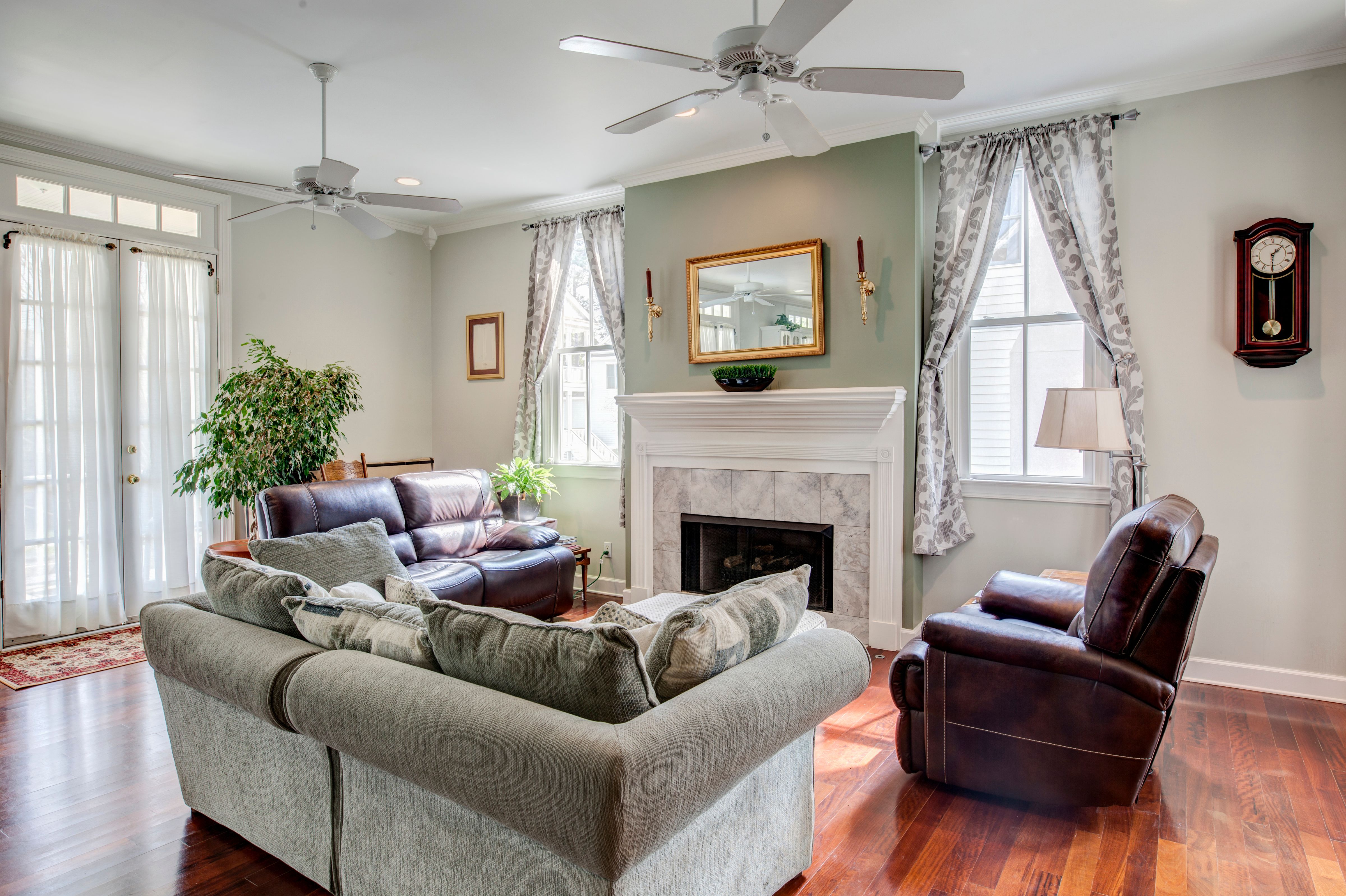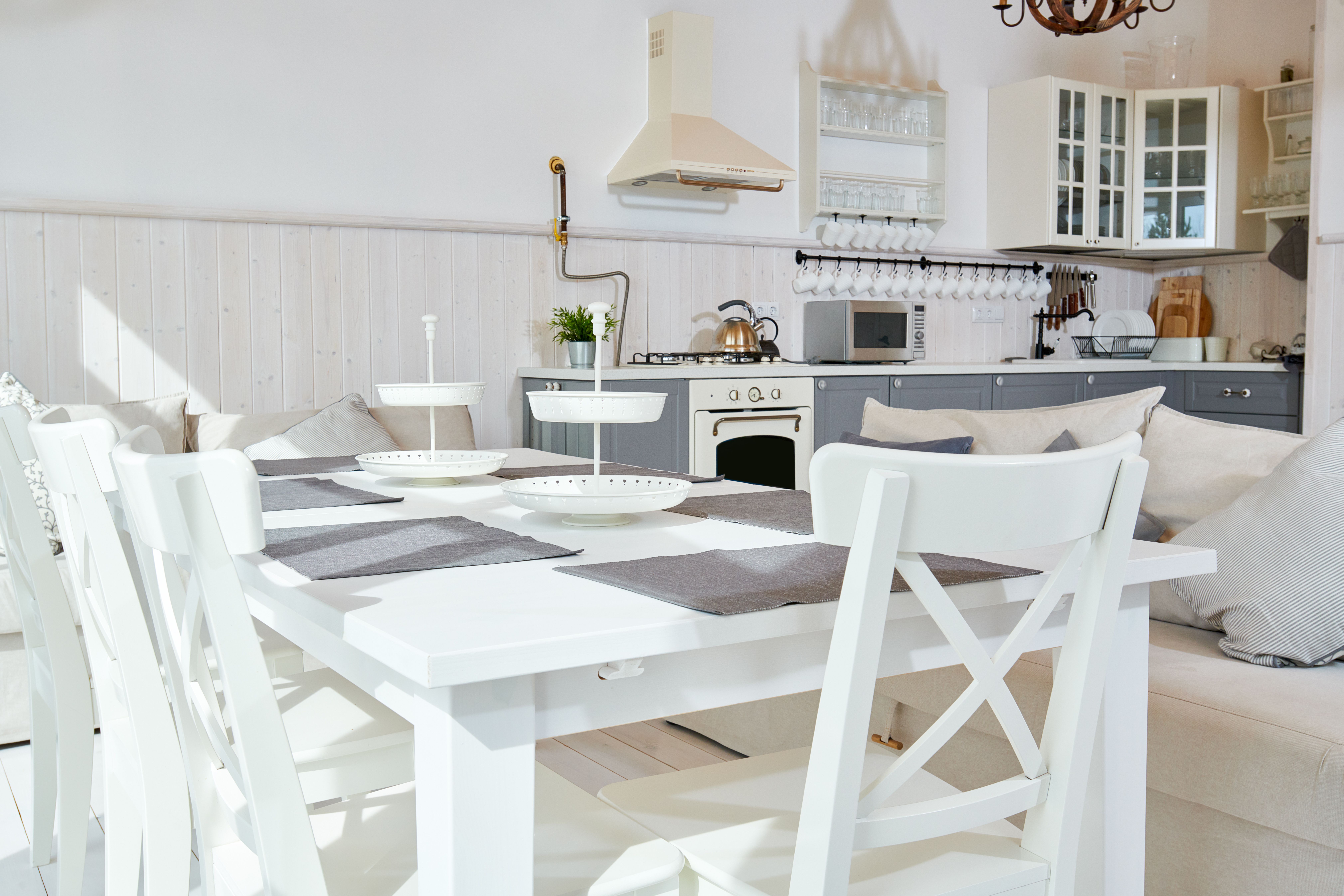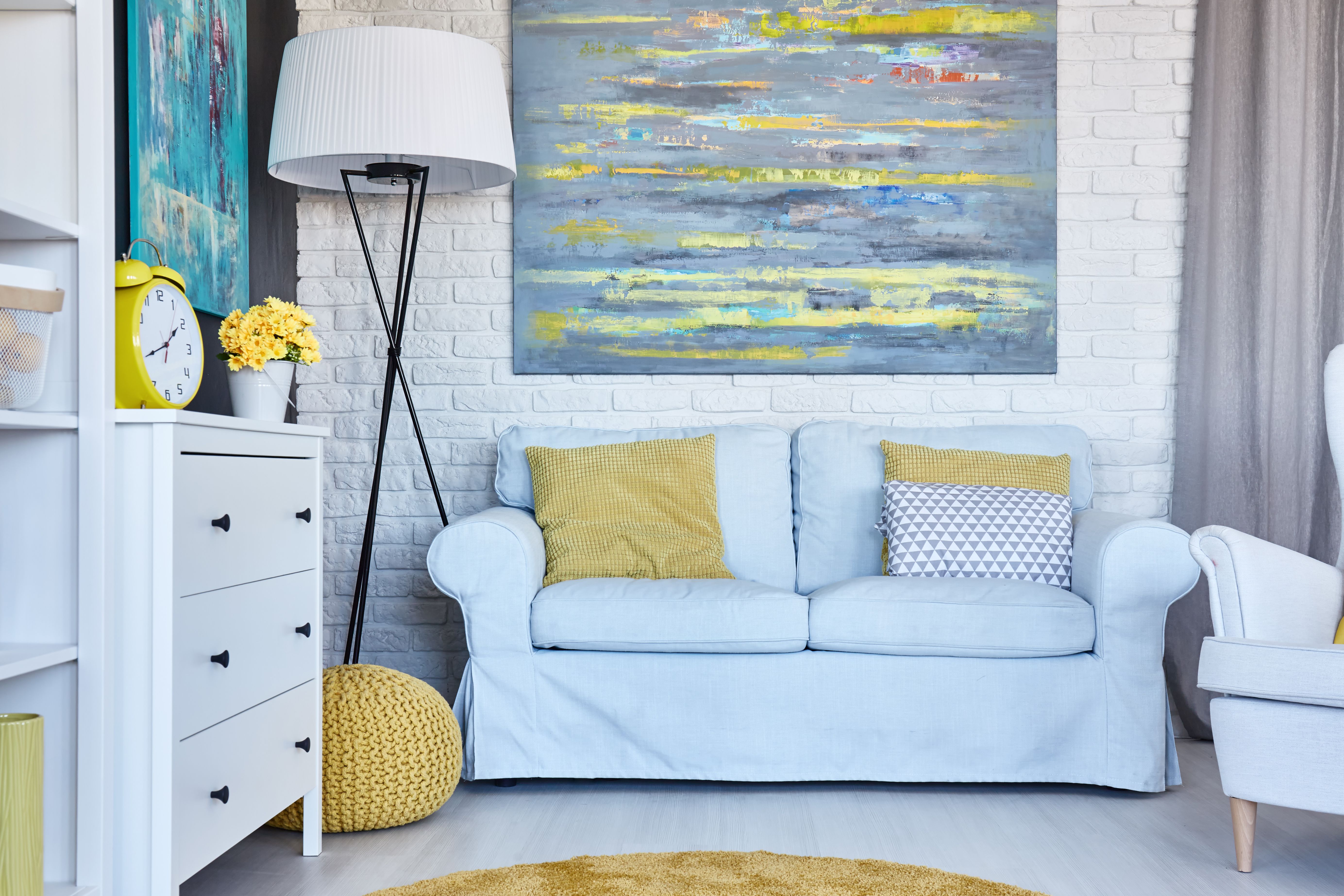What Do Fully Furnished Rental Apartments Include?
14 Mar 2022
Fully-furnished apartments can be highly advantageous for renters. They come with a standard furniture pack, white goods, and brown goods. What do these include? More importantly, who is responsible for repairs and damages to these items?
Are you considering renting a fully-furnished apartment? A common feature in Build To Rent apartments, furnished rentals come with a standard furniture pack and other white goods and brown goods. It is up to the landlord what they include when offering a furnished apartment. However, knowing what you may find inside can help clear up your expectations and choose the right apartment to rent.
In this article, we will discuss what is usually included in a furnished apartment to rent and who is liable for repairs and damages to these items.
- Why Choose a Furnished Apartment to Rent?
- What Constitutes a Fully Furnished Apartment?
- Who Is Responsible for Damage and Repairs for Furniture and Other Goods?
- Conduct A Thorough Inspection Before You Move In
- Conclusion

1. Why Choose a Furnished Apartment to Rent?
First things first, why should you choose a furnished apartment? How does this benefit you?
To begin with, choosing a fully-furnished rental makes it easier to move. Besides the hassle of packing and unpacking furniture, you don’t have to pay a moving company when renting a new apartment.
You also get to save money that would otherwise be spent on buying furniture. Moreover, it makes it easier to settle into a new apartment, and you don’t have to worry about your furniture not matching the apartment.
Click here to read more about the pros and cons of a fully-furnished apartment.
2. What Constitutes a Fully Furnished Apartment?

According to the HMRC, an apartment is considered furnished if it complies with the Stamp Office definition of a “furnished property”1. As per this definition, renting a furnished apartment means that a tenant can move into the property without having to bring any furniture along.
Make sure you ask your prospective landlord about this when you go apartment hunting.
Most Build To Rent landlords offer a standard furniture pack, brown goods and white goods for a furnished space. Some also provide other non-essential add-ons that can be highly desirable for tenants.
Let’s review what these include:
White Goods
Many rental accommodations in the UK offer white goods. These goods refer to large home appliances such as:
- A refrigerator
- A freezer
- A washer-dryer
- A dishwasher
- An oven
- A microwave
They are considered white goods since many of these items tend to have a white enamel finish.
Fun fact: An apartment that only offers white goods is still considered unfurnished. Furnished apartments accommodate other essential items besides white goods. So, if an apartment is advertised as ‘furnished’, make sure it doesn’t just include white goods.

Furniture Pack
As mentioned earlier, a furnished apartment must include a standard furniture pack. This usually consists of a:
- Bed, mattress and bedside tables
- Sofa
- Wardrobe
- Coffee table
- TV stand
- Dining table and chairs
Brown Goods
Brown goods comprise of small electrical appliances that usually come with a fully-furnished apartment. These include:
- Toaster
- Coffee machine
- Kettle
- TV
- Audio equipment
- Vacuum cleaner
It is up to the landlord to provide these items, and they may or may not be included in a furnished apartment to rent.
Apartments can also be furnished with non-essential items such as curtains, rugs, lamps, etc.

3. Who Is Responsible for Damage and Repairs for Furniture and Other Goods?
The tenancy agreement outlines which party is responsible for any damage and repairs to furniture, white goods and brown goods that come with a furnished apartment to rent. Make sure you review it carefully to know your obligations and the landlord’s responsibilities pertaining to the furnishings.
As per the Landlord and Tenant Act 1985, you must use your rental home in a ‘tenant-like way’. This applies to both furnished and unfurnished properties. It means maintaining a general level of cleanliness in the apartment and conducting minor maintenance, such as switching old lightbulbs with new ones and replacing batteries in smoke alarms2.
Besides this, here are some key aspects pertaining to repair and damages for furnished apartments:
Paying for Normal Wear and Tear
All furniture, fixtures, and electrical appliances undergo normal wear and tear while they are in use. Even if you look after everything properly, their condition is expected to change. For instance, if there was a brand new mattress present when you moved in, it is likely to become slightly saggy after 6 months or a year.
This type of deterioration occurs due to reasonable use of the item and is classified as general wear and tear. Tenants are not expected to pay for this, and landlords cannot charge them the full cost of replacing items subject to normal wear and tear.
Note: The term “wear and tear” is open to interpretation. Make sure your landlord is not charging you unfairly for normal wear and tear.
Paying for Damages to Furniture and Fixtures
If a piece of furniture or fixture gets damaged, landlords can deduct the cost of this damage from your tenancy deposit. For instance, if there are stains on a sofa or you break a chair, the landlord will require you to pay for this damage.
That said, you need to make sure that your landlord only deducts a reasonable amount. If you believe that your landlord has claimed a higher amount compared to the loss endured, you can file a dispute through the Tenancy Deposit Scheme that holds your deposit.
Click here to read about what a security deposit is and how you can file a dispute if your landlord fails to return it.
Note: If a piece of furniture or fixture gets damaged, make sure you inform the landlord at once. If you act quickly, you and your landlord can come to an agreement on how to arrange for repairs or replace the damaged item. If you are paying for repairs or replacement, make sure you keep a record of any receipts. You will need these when recovering your tenancy deposit from the landlord.
Paying for Damages to Electrical Appliances
If your apartment comes with electrical appliances, your landlord is responsible for maintaining and repairing these items. You can also read what your tenancy agreement says about this.
If you have installed your own electrical appliances in the apartment, your landlord will not be liable to pay for any damage to these items. You will be responsible for maintaining and repairing these appliances if they get damaged. You must also make sure these appliances are safe to use.
Click here to learn more about your repair responsibilities as a tenant.

4. Conduct a Thorough Inspection Before You Move In
If you are looking for a furnished apartment to rent, make sure you carry out a thorough inspection of all items in the furniture pack, white goods and brown goods. Make sure that:
- All furniture meets the legal standards for fire resistance. This is indicated via labels present on the furniture showing whether it aligns with this standard.
- All electrical goods are in working order and are safe to use.
You should also ask the landlord to provide an Energy Performance Certificate (EPC) for the property. This will assure you the property is well-insulated and is safe to live in.
Click here to learn more about Energy Performance Certificates and how they impact your living experience.
5. Conclusion
Furnished apartments often come with a standard furniture pack, white goods and occasionally some brown goods. You can ask your landlord for an inventory list of all the items included. We also recommend that you read your tenancy agreement thoroughly, so you are aware of what you are liable for.
Are you looking for a furnished apartment to rent? Visit www.buildtorent.io and view numerous listings of furnished rentals with brand new furniture, state-of-the-art appliances and more!
- UK Government, Property Income Manual↩
- UK Legislation, Landlord and Tenant Act 1985↩
